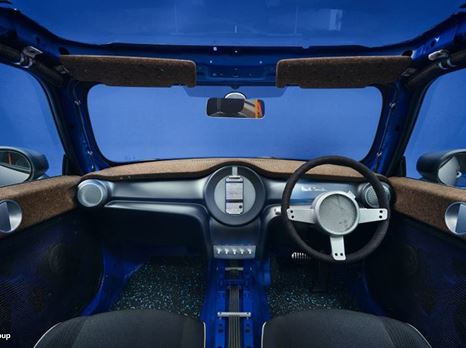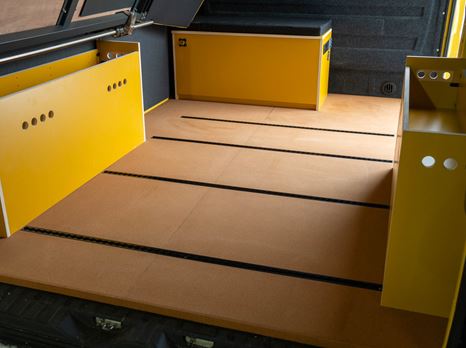1. Sustainability
Cork is a 100% natural, renewable and recyclable raw material that derives from the bark of the cork oak tree without any trees being damaged in the extraction process. Incorporation of cork into materials used for vehicle interiors ultimately helps reduce the ecological footprint of the materials used in this industry. As a sustainable material, cork is aligned with the growing environmental concerns of consumers and manufacturers.


